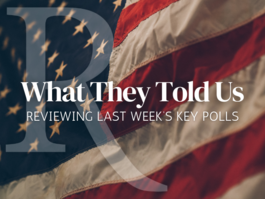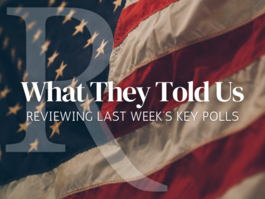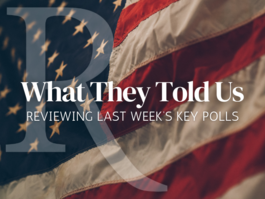Throwing American Tradition in the Cultural Mixmaster
A Commentary By Froma Harrop
The overnight rating for the Kentucky Derby telecast has slipped again, hitting a six-year low. This was despite NBC's best efforts to fill the hours with such celebrities as "Two and a Half Men" star Ashton Kutcher and Debra Messing from "Smash." Or was it because of them? A romantic 138-year tradition grown from the bluegrass soil and Southern gentility becomes a blob of homogenized commercial promotion.
The Kentucky Derby is the only major sporting event that attracts more women than men. Now why do you think the women are there? To see fleshy dolls overflowing their spandex sausage casings? No. They are there for the fabulous hats that ideally should top a lady dressed fashionably demure for an afternoon under the hot Kentucky sun. Too many attendees got only the hat right.
The Kentucky Derby is supposed to be juleps in icy silver cups and gentlemen who don't display chest hair. Its appeal is tied to a distinct regional culture. But on television, the elegant visions were mostly confined to a few seconds of black-and-white footage of Churchill Downs past.
As with other special events on the American calendar, the entertainment-industrial complex has thrown this unique spectacle into the Mixmaster of celebrity promotion and imagery. The cameras seemed to almost mock the women dressed inappropriately for the famous race and for their figures. (A few years ago, the Winner's Circle presentation included footage of the horse owner's daughter chomping on gum.)
NBC made a lame attempt to stuff horseracing into the commercialized mosh pit now home to big football and baseball. It doesn't work. The pint-sized jockeys may be all sinew and guts -- and every bit the athlete as quarterbacks carrying over 100 pounds more -- but the horse plays a part, too.
The de-Southernizing process would have been complete had it not been for interviews with rider Calvin Borel, a repeat Derby winner (though not this time). Borel is 110 packed pounds of life-loving Louisiana Cajun. He brings us outsiders into his earthy grass-fed obsession, reminding us that horses are half the dance team.
The Kentucky Derby still offers a respectful singing of "My Old Kentucky Home." Network television treats this heart-tugging song a lot better on the Derby broadcast than it does another emotional old tune, "Auld Lang Syne," on its New Year's Eve spectaculars.
We're skipping ahead three seasons and to a very different place, New York City. But here again the entertainment industry messes with an annual ritual tied to a distinct culture. Though celebrated everywhere, New Year's Eve belongs to New York City. The nostalgia-dripping "Auld Lang Syne," turned to syrup by the late Guy Lombardo and his orchestra, is key to the tradition.
Up until this point in the telecast, all seems right. The revelers have patiently waited in Times Square, whatever the weather. When the ball drops, they explode with joy, and we hear Lombardo's tune -- but only about eight notes before the camera jumps to a soundstage in Los Angeles, where a heavily promoted rock group starts playing and "fans" wave arms on cue.
The romance and glamour of New Year's Eve immediately stomped out, one must turn off the set to preserve the feeling of fellowship that "Auld Lang Syne" and surviving into another year evokes. Or one can tune into the Turner Classic Movies channel, which always has the good sense to run madcap fancy-dress movies like "My Man Godfrey" or "A Night at the Opera" on New Year's Eve.
And for those who want to see the traditions fostered by ladies, gentlemen and thoroughbred horseracing, there's always, one supposes, "Seabiscuit."
COPYRIGHT 2012 THE PROVIDENCE JOURNAL CO.
DISTRIBUTED BY CREATORS.COM
See Other Political Commentary.
See Other Commentaries by Froma Harrop.
Views expressed in this column are those of the author, not those of Rasmussen Reports. Comments about this content should be directed to the author or syndicate.
Rasmussen Reports is a media company specializing in the collection, publication and distribution of public opinion information.
We conduct public opinion polls on a variety of topics to inform our audience on events in the news and other topics of interest. To ensure editorial control and independence, we pay for the polls ourselves and generate revenue through the sale of subscriptions, sponsorships, and advertising. Nightly polling on politics, business and lifestyle topics provides the content to update the Rasmussen Reports web site many times each day. If it's in the news, it's in our polls. Additionally, the data drives a daily update newsletter and various media outlets across the country.
Some information, including the Rasmussen Reports daily Presidential Tracking Poll and commentaries are available for free to the general public. Subscriptions are available for $4.95 a month or 34.95 a year that provide subscribers with exclusive access to more than 20 stories per week on upcoming elections, consumer confidence, and issues that affect us all. For those who are really into the numbers, Platinum Members can review demographic crosstabs and a full history of our data.
To learn more about our methodology, click here.



